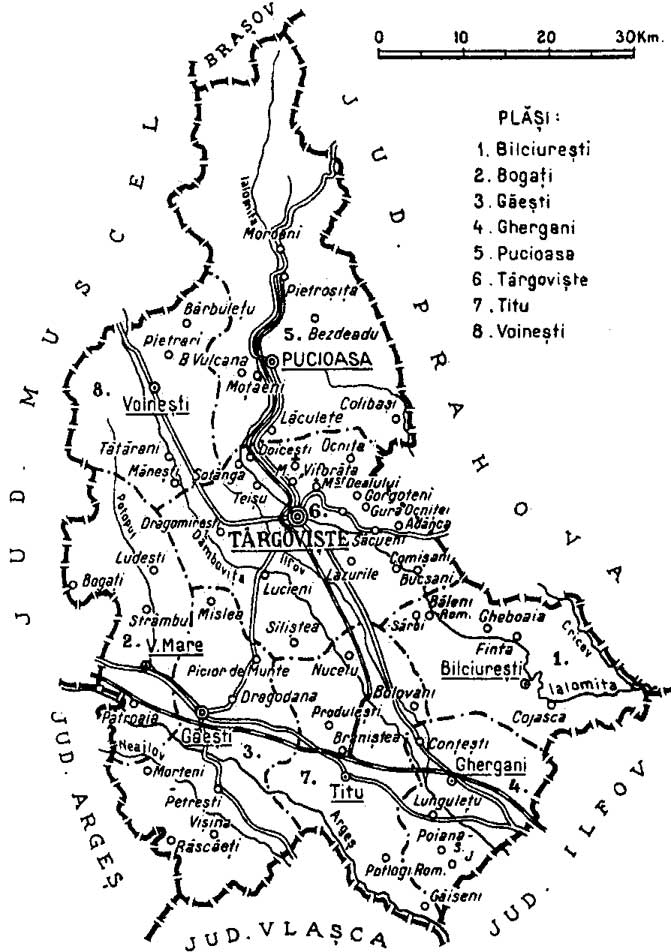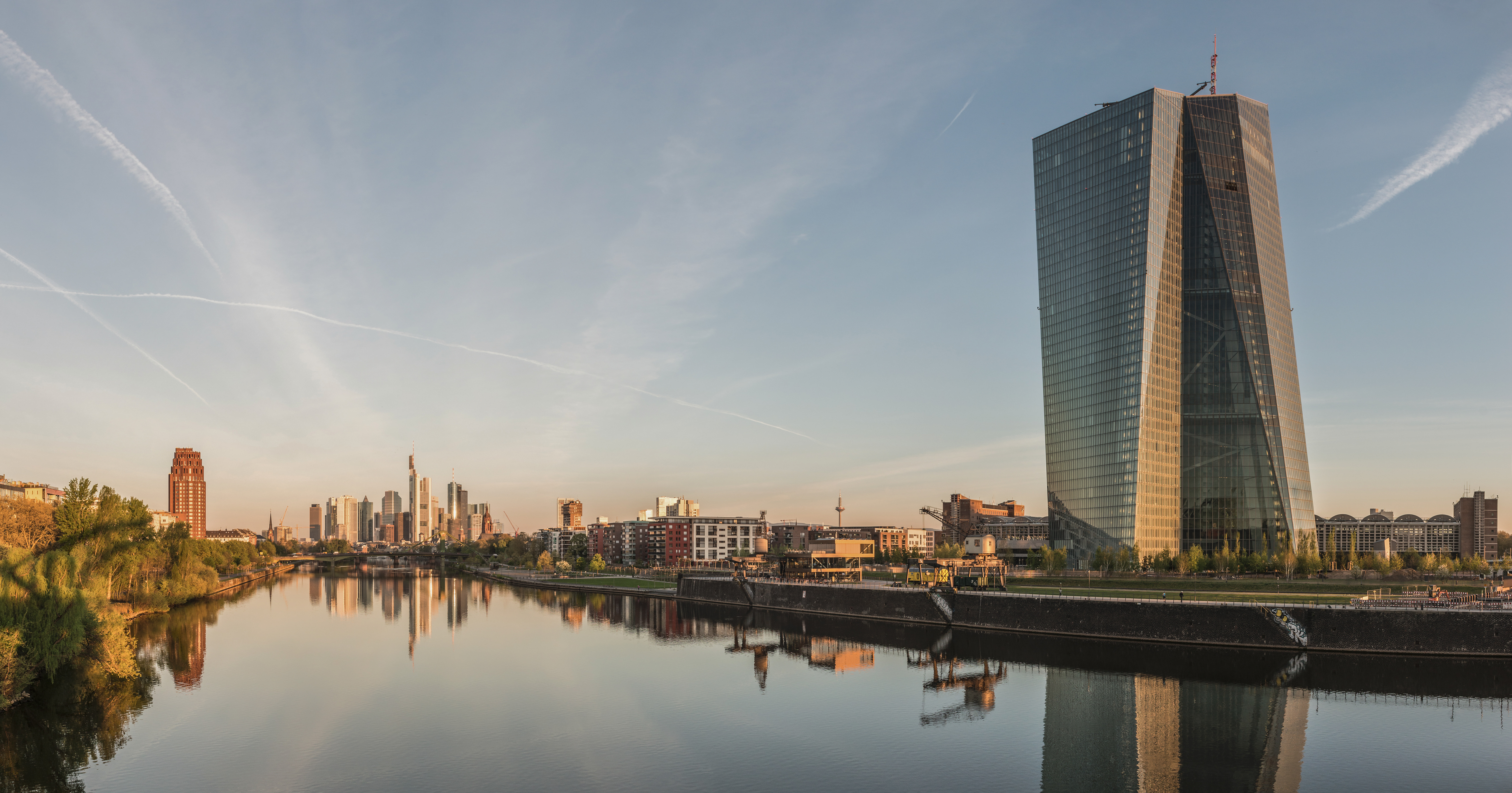|
Titu, Romania
Titu () is a town in Dâmbovița County, Muntenia, Romania, with a population of 9,291 . Location The town in located in the southern part of the county, in the center of the Wallachian Plain. It lies at a distance of from the county seat, Târgoviște, from Bucharest, and from Pitești. Titu îs surrounded by several communes: Produlești and Braniștea to the north, Odobești and Potlogi to the south, Conțești and Lungulețu to the east, and Costeștii din Vale to the west. Zones and administration Titu is divided into three main zones: * ''Titu-gară'' – The main part of the city, it contains the town hall, the main school, the train station and most important buildings. * ''Titu-târg'' – A rural zone which includes the town's library and the second school. It was also the former center town. * ''Sălcuța'' – The smallest zone and a village in its own right, it is rural and features a church. It is also the place where the ''bâlci'' is held. The town administ ... [...More Info...] [...Related Items...] OR: [Wikipedia] [Google] [Baidu] |
Dâmbovița County
Dâmbovița County (; also spelt Dîmbovița) is a county () of Romania, in Muntenia, with the capital city at Târgoviște, the most important economic, political, administrative and cultural center of the county. It is a traditional administrative unit, first attested in 1512. Demographics In 2021, it had a population of 479,404 and the population density was 120/km2. It is one of the most densely populated counties in Romania. * Romanians – 87.09% * Roma - 3.96% * Bulgarians - 0.31% * Serbians 0.1% * Others - 0.13% * Unknown - 8.41% Name The county is named after the Dâmbovița River, which is a name of Slavic origin, derived from ''Дъб, dâmb'', meaning "oak", as it once flowed through the oak forests of the Wallachian Plain. Geography Dâmbovița county has a total area of 4,054 km2 (1.7% of the country's surface). It is situated in the south-central part of the country, on the Ialomița and Dâmbovița river basins. The highest altitude is Omu Pe ... [...More Info...] [...Related Items...] OR: [Wikipedia] [Google] [Baidu] |
Lungulețu
Lungulețu is a commune in Dâmbovița County, Muntenia, Romania Romania is a country located at the crossroads of Central Europe, Central, Eastern Europe, Eastern and Southeast Europe. It borders Ukraine to the north and east, Hungary to the west, Serbia to the southwest, Bulgaria to the south, Moldova to ... with a population of 5,289 people as of 2021. It is composed of three villages: Lungulețu, Oreasca, and Serdanu. References Communes in Dâmbovița County Localities in Muntenia {{Dâmboviţa-geo-stub ... [...More Info...] [...Related Items...] OR: [Wikipedia] [Google] [Baidu] |
Towns In Romania
This is a list of cities and towns in Romania, ordered by population (largest to smallest) according to the Demographic history of Romania, 2002, 2011 and 2021 censuses. For the major cities, average elevation is also given. Cities in bold are county capitals. The list includes major cities with the status of ''municipiu'' (103 in total), as well as cities and towns with the status of ''oraș'' (216 in total). Romania has 319 cities and towns: one city with over 1 million inhabitants, 17 other cities with more than 100,000 inhabitants, 153 cities with a population between 10,000 and 100,000 inhabitants, 110 towns between 5,000 and 10,000 inhabitants, and 38 towns with less than 5,000 inhabitants. Complete list See also *Metropolitan areas in Romania *List of cities in Europe *List of city listings by country References {{Authority control Populated places in Romania, * Cities in Romania Towns in Romania Lists of cities in Europe, Romania 2 Lists of cities ... [...More Info...] [...Related Items...] OR: [Wikipedia] [Google] [Baidu] |
Ion Miu
__NOTOC__ Ion Miu (born 21 January 1955) is a virtuoso cimbalom player, performing both Romanian folk music and pieces from the classical repertoire. Biography Miu was born in 1955 into a musical family in the town of Titu, in Dâmbovița County, Romania. His grandfather Alexandru was a violinist, and his father played the cimbalom. So it was that the four-year-old Ion started to play the cimbalom with his father and by the age of six or seven he was already playing at weddings and bringing home money for the family. When he was eight years old he played traditional ballads in public in the Lenin Culture House under conductor Traian Tarcola, and over the next two years he toured Europe, playing to packed concert halls in France, Italy, Austria and Germany and acclaimed a child prodigy. In 1966 he played as soloist with the Communist Youth Union orchestra under the baton of the great conductor Ionel Budișteanu. In 1969 he joined the Perinița ensemble, a famous Romanian folk ense ... [...More Info...] [...Related Items...] OR: [Wikipedia] [Google] [Baidu] |
Ioan Dimăncescu
Ioan Dem. Dimăncescu (October 12, 1898, Titu – September 26, 1951, Bucharest) was a Romanian army officer, with a degree in physical education. He participated in the Boy and Girl Scouts programs of Romania and was a Scout leader. Early life and education Dimăncescu graduated from the Springfield College (Massachusetts), International YMCA College in Springfield, Massachusetts, USA, with a Bachelor of Science degree in Physical Education in 1926. Dimăncescu and his brother Dimitrie Dimăncescu, Dimitrie were founding members of the Boy Scout patrols in Romania (in summer 1913). The organization was based on the English scouting guidelines at Gheorghe Lazăr High School in Bucharest. Career Dimăncescu enrolled in the Officers School in Botoșani (in October 1916). Upon graduation he served as a second lieutenant in the 1st Cyclists’ Company, 1st Cavalry Division. In August 1917 he participated in the battles of Cosna / Hill 789 and Oituz-Grozești / Hill 383. He was wou ... [...More Info...] [...Related Items...] OR: [Wikipedia] [Google] [Baidu] |
Dimitrie Dimăncescu
Dimitrie D. Dimăncescu (1896–1984) was a Romanian diplomat serving between 1922 and 1947. In 1913 with his brother Ioan Dimăncescu, he founded the Romanian Boy Scout Movement. He served as a military officer in World War I and in World War II was a member of the Free Romanian Movement in London while also working with British Intelligence to undermine Nazi influence in Romania. In 1946 he was Secretary of the Romanian Delegation to the Paris Peace Conference. Early life and education Dimăncescu was born in Titu, Dâmbovița County. His family moved to Bucharest where he completed studies at Gheorghe Lazar College (high School). While there in 1913, he founded the Romanian Boy Scout Movement. He graduated in 1915. Military career In 1915, Dimăncescu joined Prince Carol's Hunters Regiment. From August 1917 until the Armistice of 1918, he served as an officer, rising to the rank of captain. He aided British intelligence officers in the sabotage of Romania's oil wells and depot ... [...More Info...] [...Related Items...] OR: [Wikipedia] [Google] [Baidu] |
Mioveni
Mioveni () is a town in Argeș County, Romania, approximately north-east of Pitești. , it had a population of 29,317. The town administers four villages: Clucereasa, Colibași, Făgetu, and Racovița. History Mioveni was first mentioned in a written record in 1485. It developed much in the 1970s after the construction of the Automobile Dacia manufacturing plant, inaugurated in 1968. There is also a Nuclear Research Institute, that builds components and materials for the Cernavodă Nuclear Power Plant, and a high security prison. It officially became a town in 1989, as a result of the Romanian rural systematization program. Prior to April 1989, when it was declared a town, the place was a commune under the name of ''Colibași''. In 1996, the historic name of Mioveni was revived, although the old village had been completely razed under the Communist regime in order to make way for new urban construction. Economy Automobile Dacia is headquartered in the town. The company's s ... [...More Info...] [...Related Items...] OR: [Wikipedia] [Google] [Baidu] |
Euro
The euro (currency symbol, symbol: euro sign, €; ISO 4217, currency code: EUR) is the official currency of 20 of the Member state of the European Union, member states of the European Union. This group of states is officially known as the euro area or, more commonly, the eurozone. The euro is divided into 100 1 euro cent coin, euro cents. The currency is also used officially by the institutions of the European Union, by International status and usage of the euro, four European microstates that are not EU members, the British Overseas Territory of Akrotiri and Dhekelia, as well as unilaterally by Montenegro and Kosovo. Outside Europe, a number of special territories of EU members also use the euro as their currency. The euro is used by 350 million people in Europe and additionally, over 200 million people worldwide use currencies pegged to the euro. It is the second-largest reserve currency as well as the second-most traded currency in the world after the United Sta ... [...More Info...] [...Related Items...] OR: [Wikipedia] [Google] [Baidu] |
Automobile Dacia
S.C. Automobile Dacia S.A., commonly known as Dacia (), is a Romanian car manufacturer that takes its name from the historical region that constitutes present-day Romania. The company was established in 1966. In 1999, after 33 years, the Romanian government sold Dacia to the French car manufacturer Groupe Renault. It is Romania's largest company by revenue and the largest exporter, constituting 8% of the country's total exports in 2018. In 2024, the Dacia marque sold 676,340 passenger and commercial vehicles. From January 2021 onwards the Dacia company became part of Renault's Dacia-Lada business unit. In May 2022, Renault sold Lada's parent company AvtoVAZ to Russian state-owned institute NAMI. History The first facility in the area was built between 1942 and 1945, as an extension of the IAR aircraft manufacturer. The new factory, built in the Colibași-Pitești area under the order of Marshal Ion Antonescu ('' conducător'' of Romania during World War II), was scheduled ... [...More Info...] [...Related Items...] OR: [Wikipedia] [Google] [Baidu] |
Renault
Renault S.A., commonly referred to as Groupe Renault ( , , , also known as the Renault Group in English), is a French Multinational corporation, multinational Automotive industry, automobile manufacturer established in 1899. The company currently produces a range of cars and vans. It has manufactured trucks, tractors, tanks, buses/coaches, aircraft and aircraft engines, as well as autorail vehicles. Headquartered in Boulogne-Billancourt, near Paris, the Renault group is made up of the namesake Renault marque along with subsidiaries Automobiles Alpine, Alpine, Automobile Dacia, Dacia from Romania, and Mobilize (marque), Mobilize. It is part of Renault–Nissan–Mitsubishi Alliance (previously Renault–Nissan Alliance) since 1999. The French state and Nissan each own a 15% share of the company. Renault also has other subsidiaries such as RCI Banque (automotive financing), Renault Retail Group (automotive distribution), and Motrio (automotive parts). Renault has various joint ... [...More Info...] [...Related Items...] OR: [Wikipedia] [Google] [Baidu] |
Costeștii Din Vale
Costeștii din Vale is a commune in Dâmbovița County, Muntenia, Romania. It is composed of three villages: Costeștii din Vale, Mărunțișu, and Tomșani. Natives * (b. 1947), writer * (1847–1886), painter *I. C. Vissarion (1883–1951), writer and inventor, one-time village mayor References Communes in Dâmbovița County Localities in Muntenia {{Dâmboviţa-geo-stub ... [...More Info...] [...Related Items...] OR: [Wikipedia] [Google] [Baidu] |
Conțești, Dâmbovița
Conțești is a commune in Dâmbovița County, Muntenia, Romania Romania is a country located at the crossroads of Central Europe, Central, Eastern Europe, Eastern and Southeast Europe. It borders Ukraine to the north and east, Hungary to the west, Serbia to the southwest, Bulgaria to the south, Moldova to .... It is composed of eight villages: Bălteni, Boteni, Călugăreni, Conțești, Crângași, Gămănești, Heleșteu, and Mereni. References Communes in Dâmbovița County Localities in Muntenia {{Dâmboviţa-geo-stub ... [...More Info...] [...Related Items...] OR: [Wikipedia] [Google] [Baidu] |



